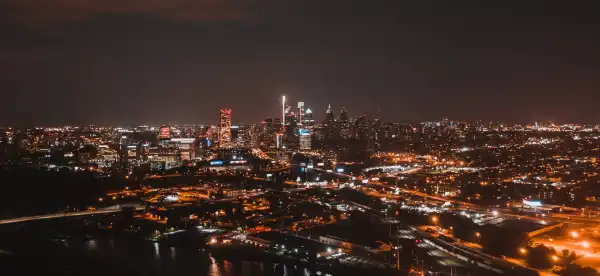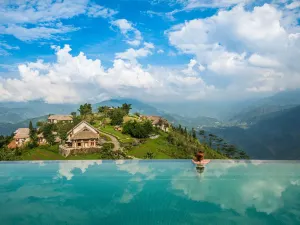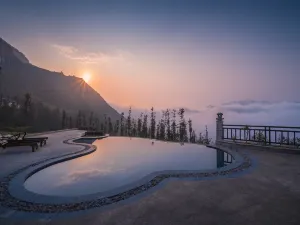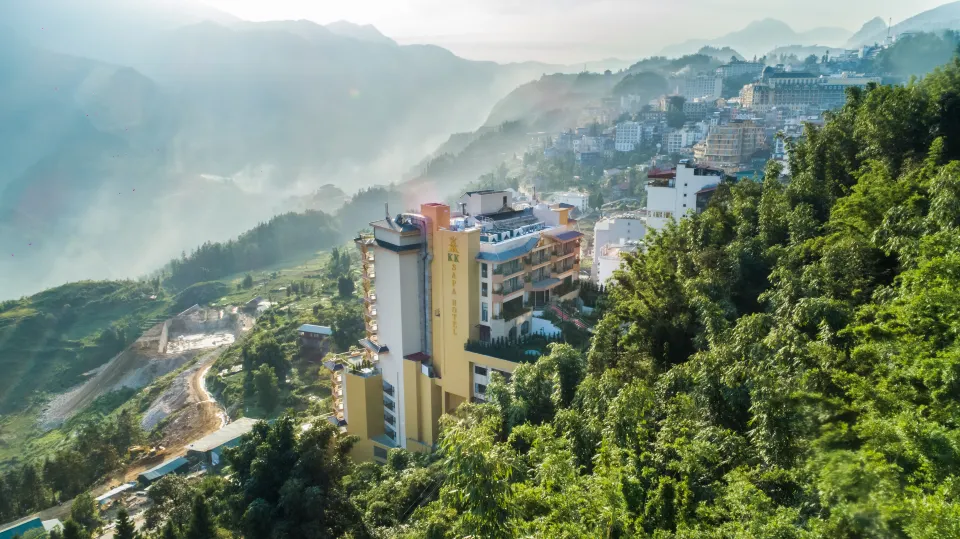Must-Experience Uniqueness of Sapa
The mesmerizing rice terrace of Sapa
Sapa, nestled in the Hoang Lien Son Mountains of Vietnam, offers a unique and breathtaking experience for first-time visitors. With its stunning landscapes, vibrant hill tribes, and rich cultural heritage, Sapa is a must-visit destination for nature lovers and adventure enthusiasts.
One of the highlights of Sapa is its picturesque rice terraces. These cascading fields, carved into the mountainside, create a mesmerizing sight, especially during the planting and harvesting seasons. Trekking through the terraced fields allows visitors to immerse themselves in the beauty of nature and witness the traditional farming practices of the local ethnic communities.
Another must-experience in Sapa is exploring the local hill tribes. The region is home to several ethnic minority groups, including the Hmong, Dao, and Tay. Interacting with these communities provides a unique insight into their customs, traditions, and way of life. Visitors can visit their villages, participate in traditional activities, and even stay in homestays to experience the warm hospitality and authentic culture of the locals.
Popular and Convenient Locations/Zones Suitable for First Visitors in Sapa
Scenic aerial view of Ham Rong Mountain in Sapa
- Fansipan Mountain: The highest peak in Indochina, offering breathtaking views and challenging trekking opportunities.
- Sapa Market: A bustling market where visitors can shop for traditional handicrafts, local produce, and souvenirs.
- Cat Cat Village: A traditional Hmong village known for its scenic waterfall, traditional houses, and cultural performances.
- Ham Rong Mountain: A beautiful mountain with various flower gardens, offering panoramic views of Sapa town.
- Silver Waterfall: A majestic waterfall surrounded by lush greenery, perfect for nature lovers and photographers.
- Ta Phin Village: A Red Dao village famous for its herbal baths, traditional textiles, and unique customs.
Better to Know Before Visiting Sapa
One of popular trekking spots of Cat Cat Village in Sapa
- Weather: Sapa experiences a temperate climate, with cool summers and cold winters. It is advisable to pack warm clothing, especially during the winter months.
- Trekking Essentials: If you plan to explore the rice terraces and villages on foot, make sure to wear comfortable shoes, carry a raincoat, and bring insect repellent.
- Respect Local Customs: When visiting ethnic minority villages, it is important to respect their traditions and customs. Dress modestly and ask for permission before taking photographs.
Transportation of Sapa
One of many alternatives to reach Sapa, Sapa Bus Station (image source: photo by Jedsada Kiatpornmongkol on Shutterstock)
Sapa does not have an airport or railway station. The nearest airport is in Hanoi, and from there, visitors can take a bus or hire a private car to reach Sapa. The journey takes approximately 5-6 hours. Alternatively, there is a train service from Hanoi to Lao Cai, and from Lao Cai, it is a 1-hour drive to Sapa.
Other Content
Panoramic view of KK Hotel in Sapa
In addition to its natural beauty and cultural attractions, Sapa offers a range of activities for visitors. These include mountain biking, motorbike tours, cooking classes, and exploring the local cuisine. The town also has a vibrant nightlife scene, with bars and restaurants offering a mix of local and international cuisines.
Accommodation options in Sapa cater to various budgets and preferences, ranging from luxury resorts to budget-friendly guesthouses. Many hotels offer stunning views of the surrounding mountains and valleys, providing a serene and tranquil atmosphere for a memorable stay.
Whether you are seeking adventure, cultural immersion, or simply a peaceful retreat amidst nature, Sapa has something to offer every traveler. Plan your trip to this enchanting destination and create unforgettable memories in the heart of Vietnam's mountainous region.





































Excellent
64 Reviews